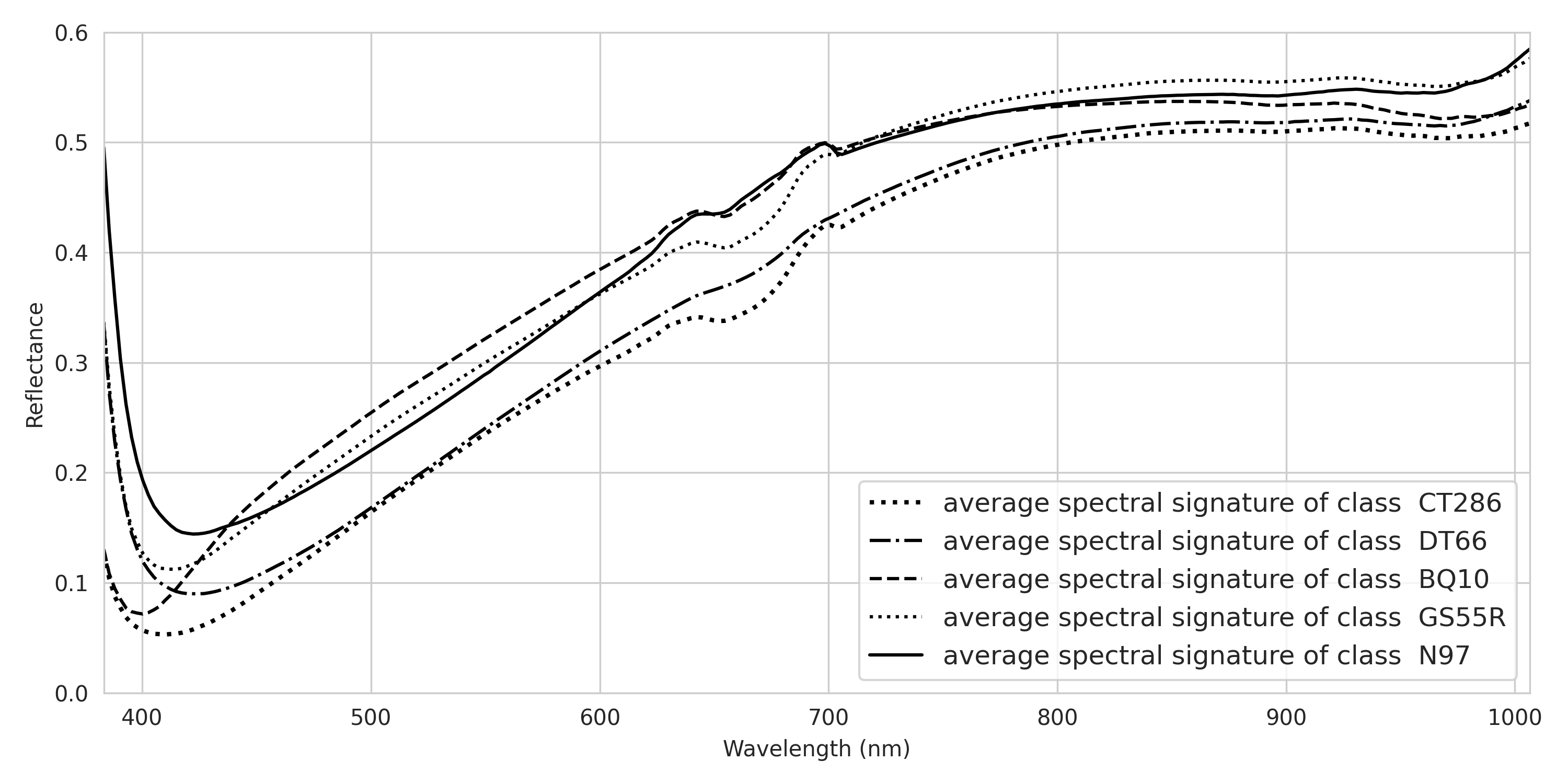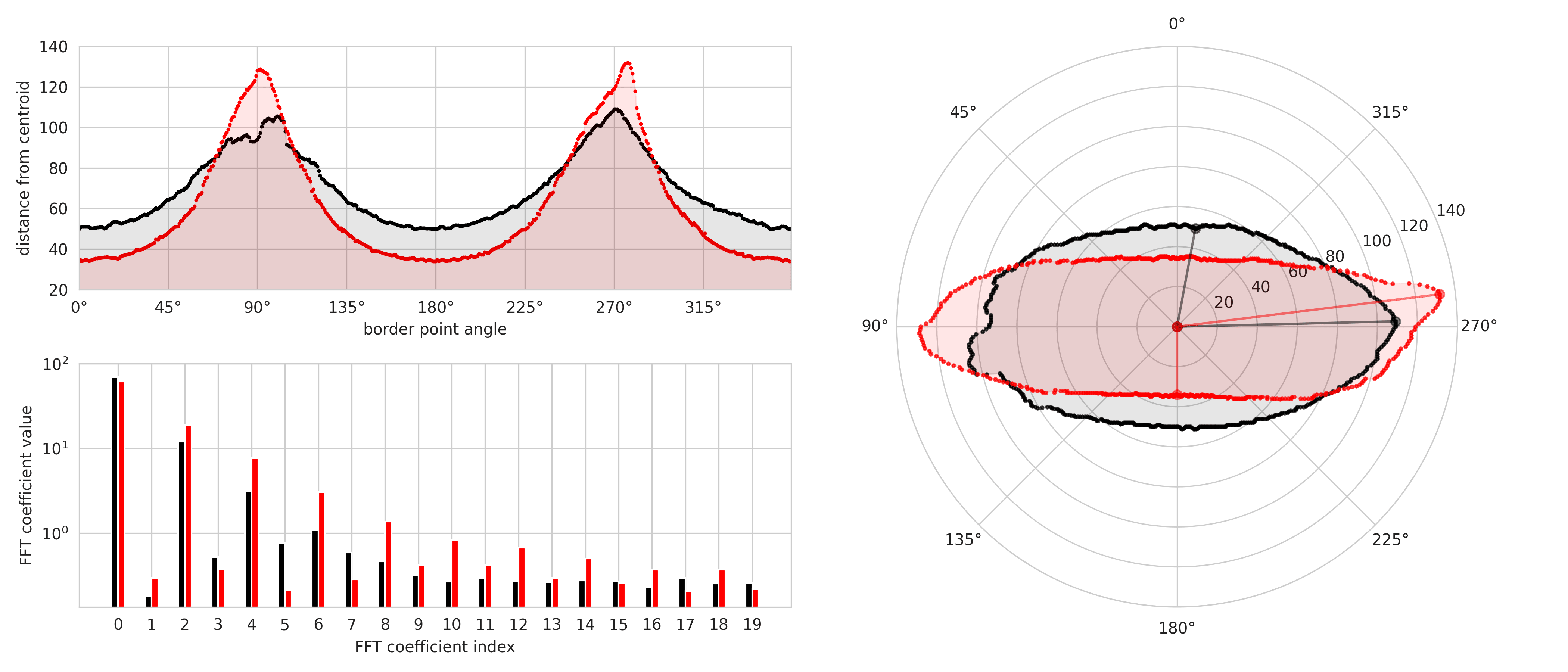
12 Oct Rice variety classification using RGB and hyperspectral images
Vladan Filipović
Junior Researcher, BioSense Institute
Rice of Asian origin (Oryza sativa) is a cereal grain that is an essential part of the diet for more than half of the world’s population, and is one of the most commonly consumed cereal grains in developing countries, especially in Asia and Africa. The countries of South Asia have the largest share in the production of rice, thanks to the appropriate climatic conditions. New varieties of rice are continuously developed, in order to improve the ability of the variety to adapt to local conditions, improve the nutritional value and achieve a better taste. Plant protection centers are responsible for the task of identifiation and authentification of varieties and they are keeping records of thousands of traditional and new species, with the aim of maintaining control over the quality of rice.
The two main practices of establishing rice plants are direct seeding and transplanting from nurseries. For nurseries, as well as plant protection centers, the prevention of seed mixing and varietal contamination is a task of high importance. Contamination of varieties with different characteristics, resistant to different diseases and growing conditions, can lead to the appearance of weeds, susceptibility of the plantation to various types of diseases and a significant reduction in yield.
The identification of species is done manually to this day, with the help of trained experts who make a decision based on visual inspection of the shape, color, texture and similar properties of the grain. This method of grain identification is time consuming and unreliable because grain inspectors can be subjective and their decisions are prone to errors under the influence of fatigue, poor lighting conditions and similar factors.
This grain inspection process can be automated and made more efficient and reliable using modern imaging technologies based on high spatial and spectral resolution cameras, with the help of robust computer vision algorithms. Grain properties related to grain shape, texture and color can be obtained using high-resolution RGB images, and spectral information, crucial in recognizing fine differences between seemingly identical varieties, can be obtained using hyperspectral images, with a large number of channels in VIS-NIR range, from 385 nm to 1000 nm.
The research was done on a dataset containing 90 varieties of rice imaged using the two mentioned imaging modes. The possibilities of recognizing a large number of grains based on shape were analyzed, as well as potential improvements in order to make better use of the information available in hyperspectral images. The achieved results indicate that there is room for significant performance improvements in modern approaches to grain classification and that techniques based on RGB and hyperspectral image analysis show the potential to become an accurate and reliable standard approach to solving this and similar problems in the food industry.

Picture 1 Examples of 5 rice seed varieties, illustration of differences in grain shape

Picture 2 Average reflectance of 5 classes from the previous figure, illustration of differences in seed spectrum

Picture 3 Grain shape analysis on the example of two classes





















